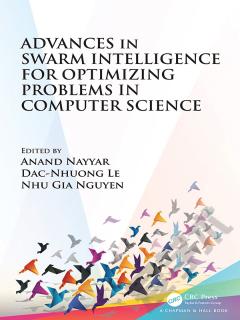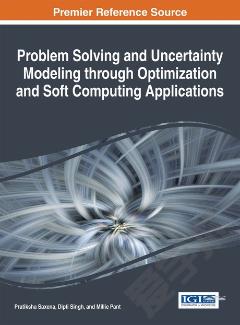Problem-solving in High Performance Computing —— A Situational Awareness Approach with Linux
----- 高性能计算中的问题解决法:Linux的态势感知方法
Problem-Solving in High Performance Computing: A Situational Awareness Approach with Linux focuses on understanding giant computing grids as cohesive systems. Unlike other titles on general problem-solving or system administration, this book offers a cohesive approach to complex, layered environments, highlighting the difference between standalone system troubleshooting and complex problem-solving in large, mission critical environments, and addressing the pitfalls of information overload, micro, and macro symptoms, also including methods for managing problems in large computing ecosystems. The authors offer perspective gained from years of developing Intel-based systems that lead the industry in the number of hosts, software tools, and licenses used in chip design. The book offers unique, real-life examples that emphasize the magnitude and operational complexity of high performance computer systems. Provides insider perspectives on challenges in high performance environments with thousands of servers, millions of cores, distributed data centers, and petabytes of shared data Covers analysis, troubleshooting, and system optimization, from initial diagnostics to deep dives into kernel crash dumps Presents macro principles that appeal to a wide range of users and various real-life, complex problems Includes examples from 24/7 mission-critical environments with specific HPC operational constraints Table of Contents Identifying Problems Beginning an Investigation First Level Debugging and Analysis System Internals Systematic Troubleshooting Analyzing Crashed Applications Solving Problems Monitoring and Prevention Implementing Safe Policies Fine-tuning System Performance Summary and Conclusions
{{comment.content}}








 京公网安备 11010802027623号
京公网安备 11010802027623号